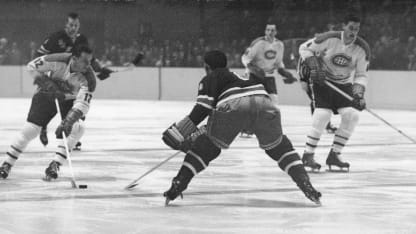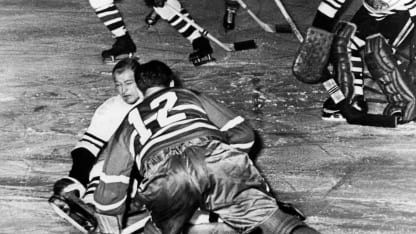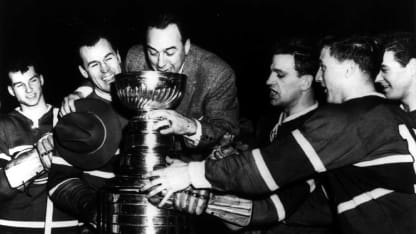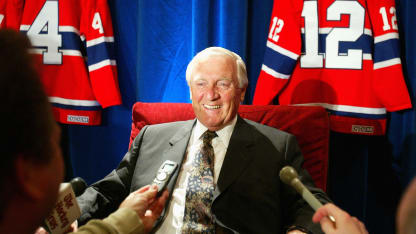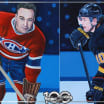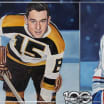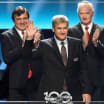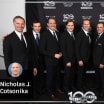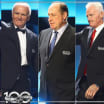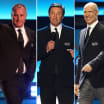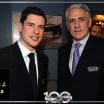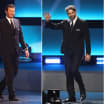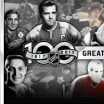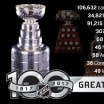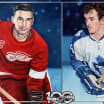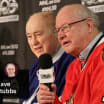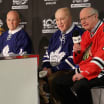So it was that Moore almost dared Montreal hospital security to pull him from Beliveau's bedside in 2010 following the latter's stroke. Finally it was Beliveau's wife, Élise, who gently nudged him out the door when he seemed ready to camp out.
Moore was devastated by Beliveau's death on Dec. 2, 2014.
His insides torn out, Moore was still heartbroken, even numb, a week after Beliveau's death when he stood to deliver his eulogy:
"Elise, Jean was so lucky to have you on his team beside him and supporting him through all the years," he said. "Me, I was lucky. Lucky to have been with Jean for many glorious years with the Canadiens. Lucky to share many amazing moments together. Lucky to have him as a friend. What would you rather be, good or lucky? I was lucky. He was good."
Moore always seemed to be in soaring spirits, no matter his physical pain or the ache in his heart. He had a smile for those who dropped into his equipment-rental headquarters, sitting to chat, sign autographs and pose for photos.
Until cancer claimed him on Dec. 19, 2015, Moore loved a life that had dealt him many hardships, including the tragic loss of a son, Richard Jr., at age 16.
On Nov. 12, 2005, he had stood proudly at center ice of Montreal's Bell Centre and watched as his No. 12, and that of fellow Canadiens Hall of Famer Yvan Cournoyer, were pulled into the arena rafters, retired forever.
The number was one of the cornerstones of the life of "Digging Dickie" - it represented the size of his family growing up, the age when he was struck by a car in an accident that doctors foolishly suggested would keep him out of sports, and the years he would play for his beloved Canadiens.
"Today's players might make more money than I did," Moore would often say, "but I'll guarantee you they're not having as much fun."
For more, see all 100 Greatest Players
